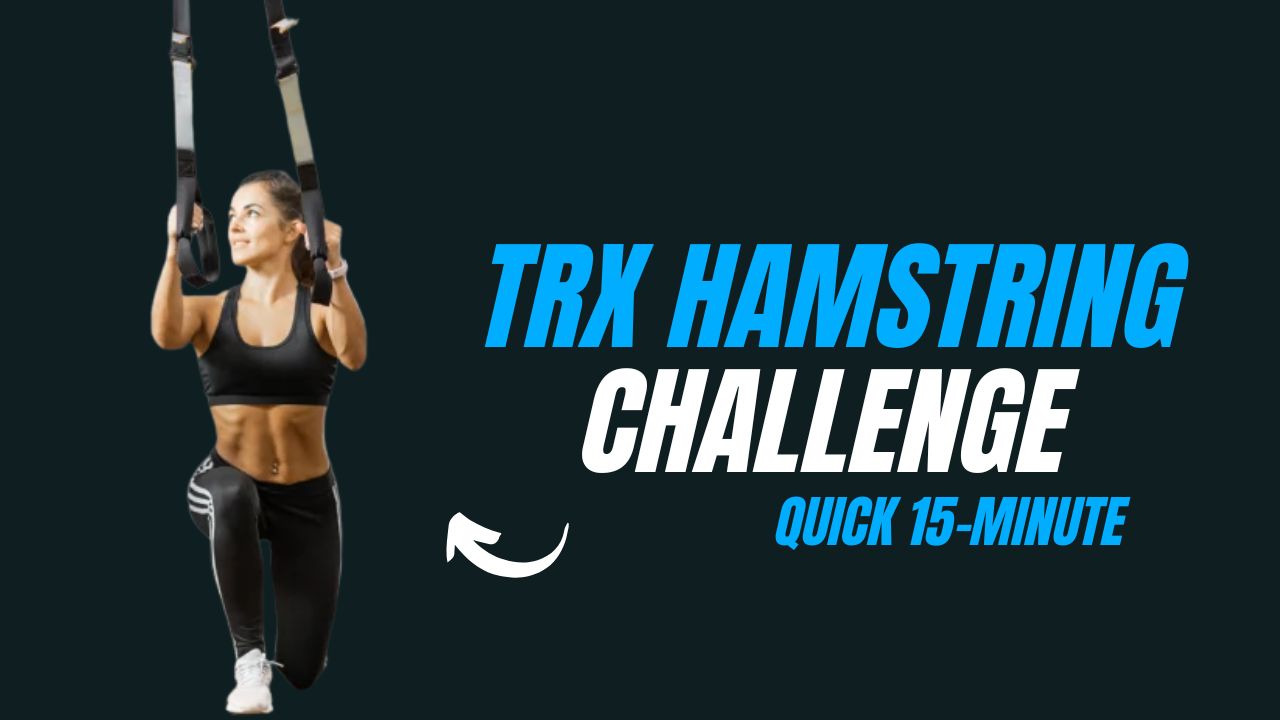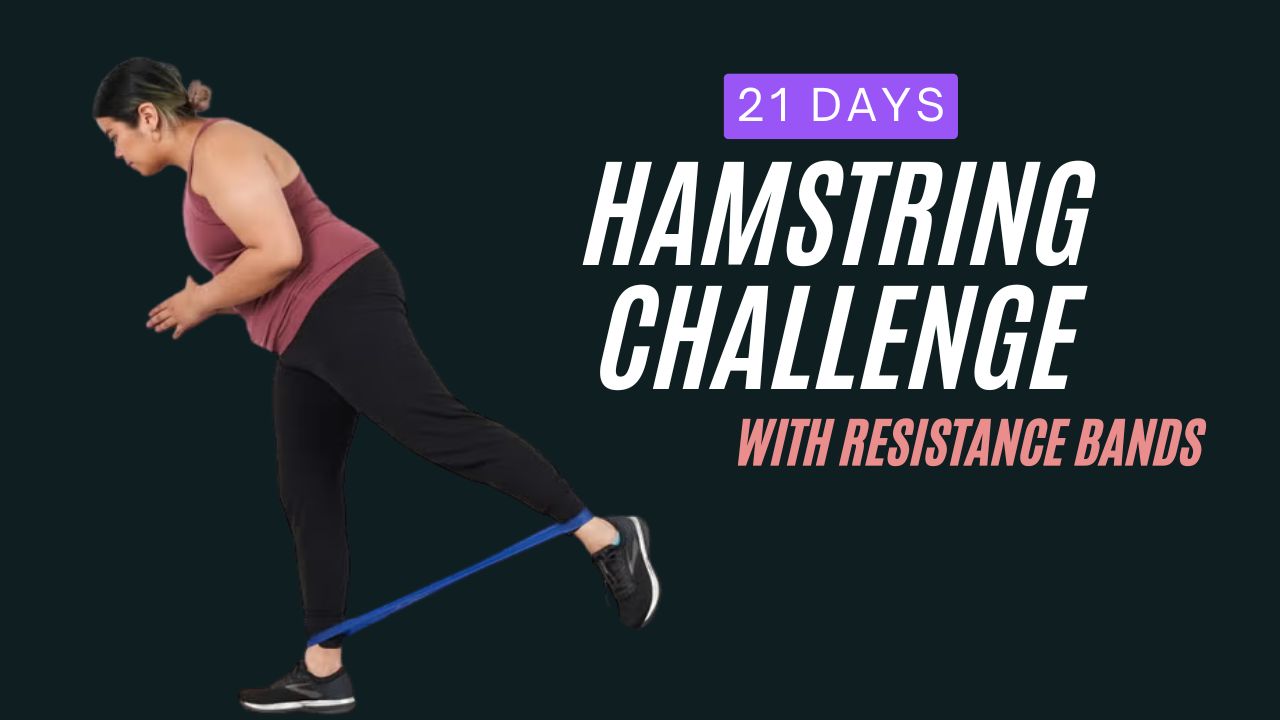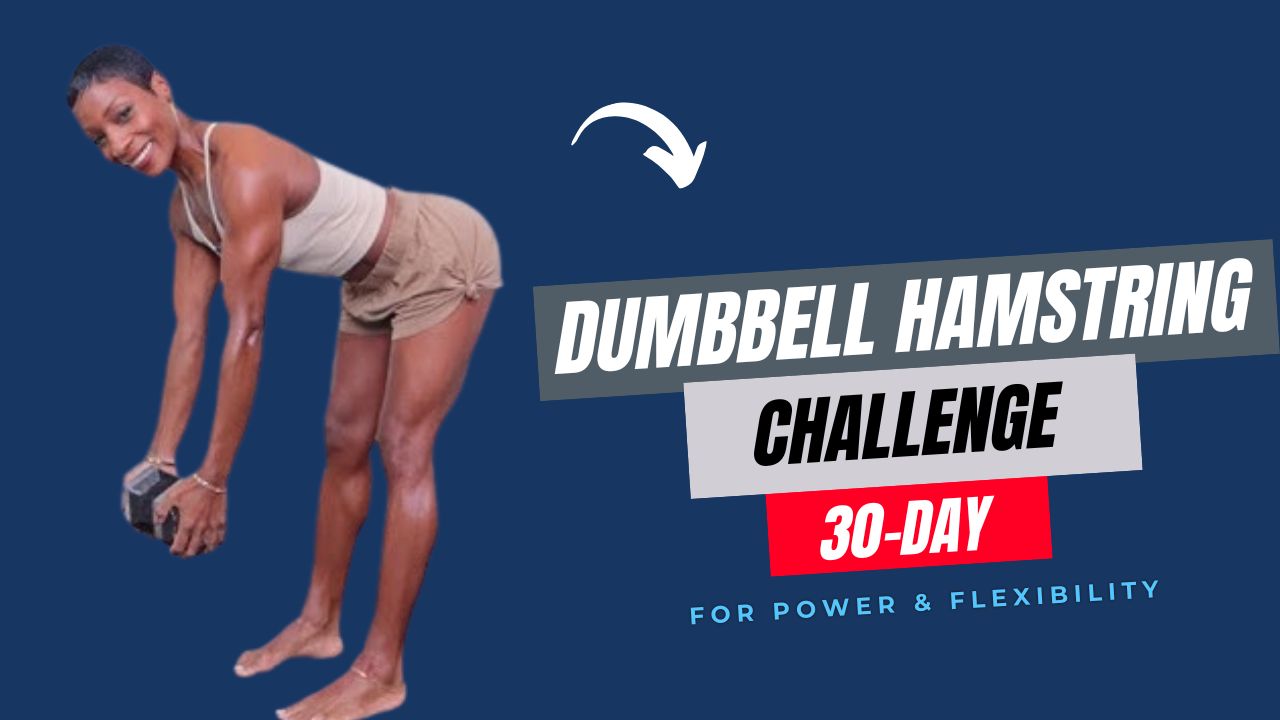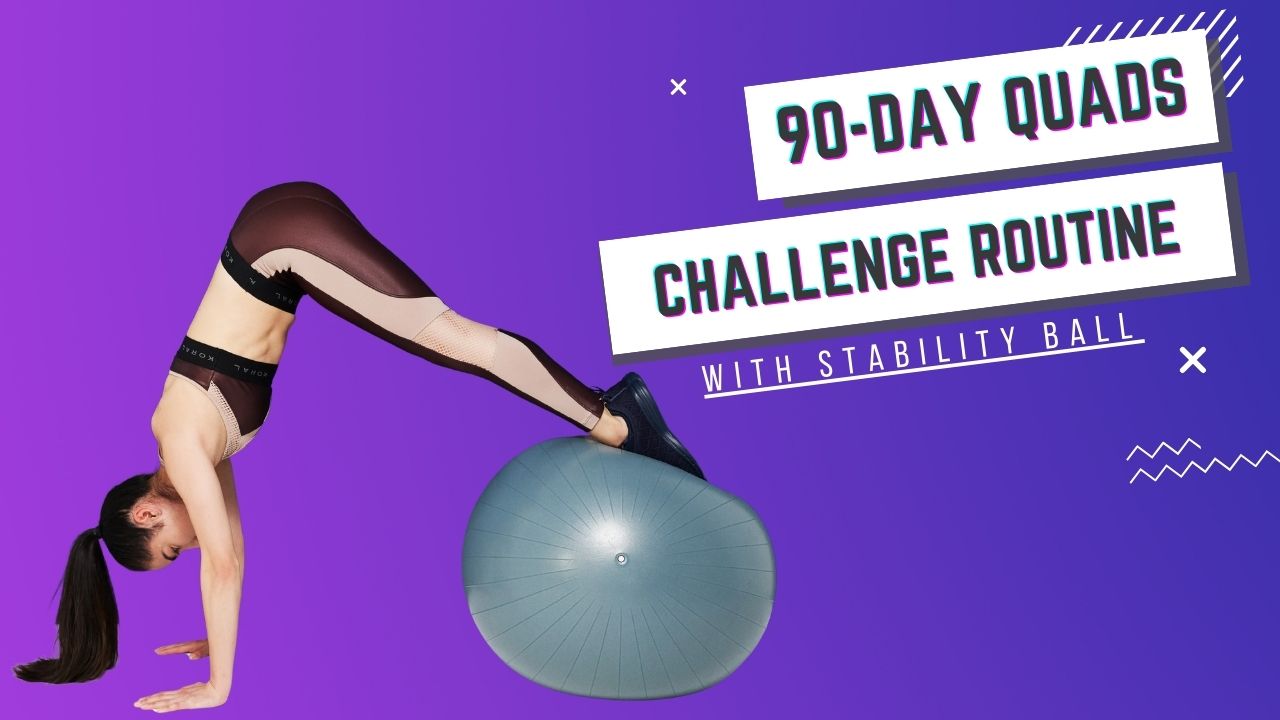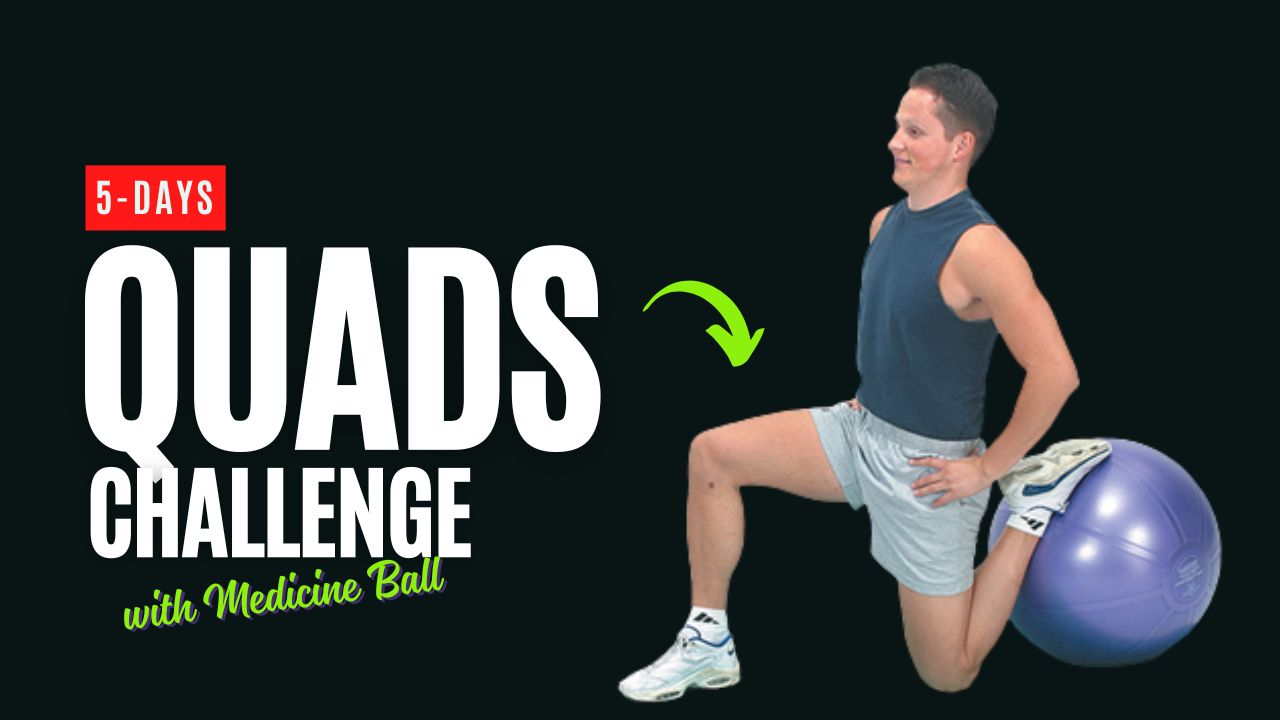Do you know that your shoulders are one of the most injury-prone joints in the body—yet the least properly trained?
Most people think big dumbbells equal better shoulders. But here’s the truth: stability and mobility play a far more important role in building resilient, sculpted shoulders than just pushing heavy weights.
This is where the Swiss Ball (also called Stability Ball or Exercise Ball) enters the scene. What makes it special?
It creates an unstable base, which forces your shoulder stabilizers and core to activate more intensely. That means more muscle engagement, greater joint strength, and improved posture—all in one move.
Whether you’re a beginner or a seasoned lifter, these 10 Swiss Ball moves or shoulder exercises will elevate your training game (and your delts).
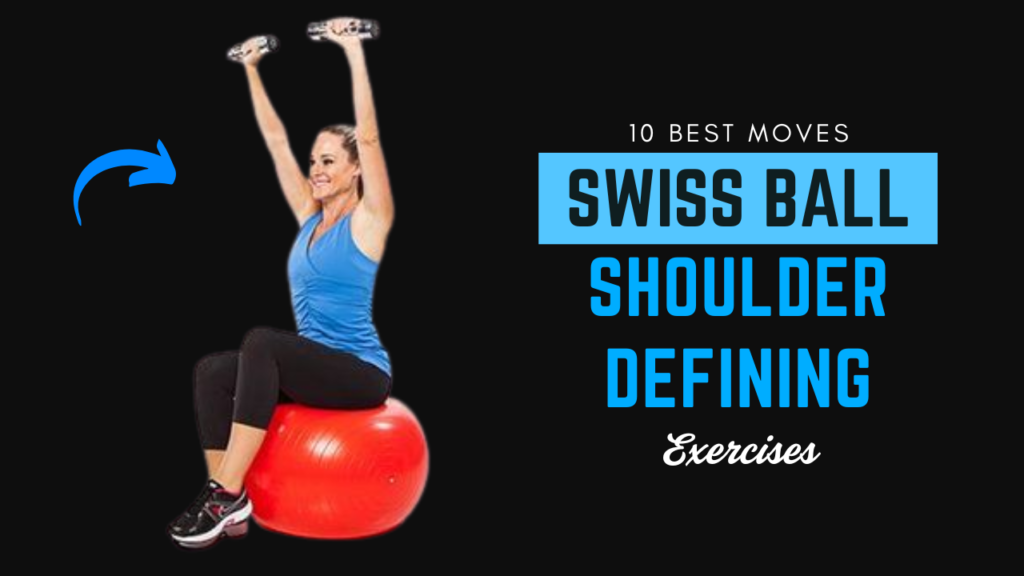
Table of Contents
Benefits of Swiss Ball Shoulder Training:
- Engages stabilizer muscles more than fixed-position machines.
- Improves posture and shoulder joint mobility.
- Reduces risk of injury by strengthening rotator cuff muscles.
- Activates your core throughout the movements.
- Great for rehab, toning, and functional strength.
What Can Happen After 30 Days of Swiss Ball Shoulder Exercises
| Positive Changes | How It Helps You |
|---|---|
| Improved shoulder stability | Reduces risk of injury in daily movements and workouts |
| Better posture and alignment | Makes you look taller and relieves neck/back tension |
| Increased shoulder mobility | Enhances flexibility in overhead and rotational movements |
| Stronger deltoids and rotator cuff | Builds balanced shoulder strength for lifting and pushing |
| Greater core activation and strength | Improves balance, coordination, and spinal support |
| Enhanced mind-muscle connection | Better control during other upper-body workouts |
| Noticeable muscle tone in shoulders | Creates a lean, sculpted shoulder appearance |
| Reduced shoulder tightness or stiffness | Helps loosen up joints from sedentary lifestyle |
| More confidence in training variety | Boosts motivation to try new stability-based workouts |
| Safer and more efficient workouts | Prepares you for advanced lifts with better form |
Do’s and Don’ts for Swiss Ball Shoulder Exercises
| Do’s | Don’ts |
|---|---|
| Start with light weights to focus on form and control. | Don’t use heavy weights before mastering stability. |
| Maintain a neutral spine and engage your core throughout. | Don’t arch your back or let your posture collapse. |
| Choose the right Swiss Ball size for your height. | Don’t use a ball that’s too big or too small—it affects alignment. |
| Perform slow, controlled reps to activate stabilizers. | Don’t rush through the movement—it reduces effectiveness. |
| Warm up your shoulders with mobility drills before starting. | Don’t jump into intense pressing or lifting cold. |
| Breathe steadily and avoid holding your breath. | Don’t rely on momentum or bounce during the lift. |
| Train in front of a mirror or record for form checks. | Don’t ignore poor form—it can lead to injury. |
| Progress gradually with resistance or reps. | Don’t increase intensity too quickly. |
| Use the Swiss Ball on a non-slippery surface for safety. | Don’t use it on slick flooring without grip support. |
Swiss Ball Shoulder Exercises You Must Try
1. Swiss Ball Shoulder Press
How to:
- Sit on the Swiss Ball with feet flat on the ground, back straight.
- Hold dumbbells at shoulder height, palms facing forward.
- Press the weights overhead without arching your back.
- Slowly lower and repeat.
Why it works: Adds core stability while strengthening deltoids and triceps.
2. Prone Rear Delt Raise on Swiss Ball
How to:
- Lie chest-down on the ball, feet grounded.
- Hold light dumbbells with arms hanging.
- Raise arms out to the sides in a T-shape.
- Pause at the top, then lower.
Targets: Rear delts, traps, and postural muscles.
Quick Tip: Focus on squeezing shoulder blades together.
3. Swiss Ball Wall Circles
How to:
- Stand with your back against a wall and Swiss Ball between your wrist and the wall.
- Move your hand in a small circular motion, keeping pressure on the ball.
- Repeat clockwise and counterclockwise for 30 seconds each side.
Great for: Rotator cuff activation, rehab, and shoulder mobility.
4. Swiss Ball Pike Shoulder Taps
How to:
- Start in a pike position with your feet on the ball and hands on the floor.
- Tap your left shoulder with your right hand, then switch.
- Engage core to keep balance.
Combo Move: Strengthens shoulders and core simultaneously.
5. Swiss Ball Front Raise
How to:
- Sit upright on the ball holding dumbbells in front of your thighs.
- Raise both arms straight ahead to shoulder height.
- Lower with control.
Targets: Anterior deltoids, core stability.
6. Swiss Ball Y Raise
How to:
- Lie chest-down on the ball, arms in front in a “Y” shape.
- Raise arms upward keeping elbows straight.
- Hold, then lower slowly.
Why it’s gold: Works your rotator cuff and postural muscles, especially lower traps.
7. Kneeling Swiss Ball Shoulder Circles
How to:
- Kneel in front of the ball, place forearms on it.
- Make small, slow circles with your shoulders.
- Switch directions after 15 seconds.
Gentle but effective: Builds endurance and stabilizer control.
8. Swiss Ball Arnold Press
How to:
- Sit upright, dumbbells in front of you with palms facing your body.
- Rotate palms outward as you press up.
- Lower back to starting position with rotation.
Muscles hit: Front delts, side delts, triceps, and upper chest.
9. Swiss Ball Lateral Raise
How to:
- Sit tall, dumbbells at sides.
- Lift both arms out to sides until shoulder height.
- Pause, then lower.
Pro Tip: Don’t shrug—keep shoulders relaxed.
10. Swiss Ball Shoulder Stabilization Hold
How to:
- Stand sideways next to a wall with a Swiss Ball between your elbow and the wall.
- Push into the ball using your shoulder and hold for 30 seconds.
- Switch sides.
Perfect for: Activating rotator cuff, especially subscapularis and infraspinatus.
Interesting Shoulder Fact:
Myth Buster: “Lifting heavier always builds better shoulders.”
Truth: Overhead shoulder muscles often fail due to poor stability, not weakness. Swiss Ball training improves neuromuscular control—making your gains more sustainable and injury-proof.
Final Thoughts
Swiss Ball shoulder exercises may not look flashy—but they build a smarter, stronger foundation. With enhanced mobility, stability, and posture correction, you’re not just building delts—you’re bulletproofing your shoulders for the long run.
Incorporate 2–3 of these into your weekly routine and notice the difference within weeks—better movement, better posture, and better-looking shoulders.
Frequently Asked Questions (FAQs)
Are Swiss Ball shoulder exercises suitable for beginners?
Yes! Swiss Ball exercises are beginner-friendly and can be modified to your fitness level. Start with bodyweight or light dumbbells and focus on form and stability before increasing difficulty.
How often should I train shoulders using the Swiss Ball?
For best results, perform these exercises 2 to 3 times per week, allowing at least 48 hours between sessions for recovery. Always listen to your body and avoid overtraining.
Can Swiss Ball shoulder exercises help with shoulder pain or rehab?
Yes, many of these movements—like wall circles or stabilization holds—are commonly used in physical therapy to improve rotator cuff function, mobility, and joint control. However, if you’re dealing with an injury, consult a physiotherapist first.
Do I need dumbbells for all these exercises?
No. Some movements (like wall circles, stabilization holds, or pike taps) use just your body weight or the ball itself. Dumbbells add resistance but aren’t required for every move.
What makes Swiss Ball shoulder exercises more effective than machines?
Unlike machines, the unstable surface of the Swiss Ball forces your smaller stabilizer muscles to engage, improving joint control, balance, and coordination—all critical for real-world strength and injury prevention.
Can I combine these exercises with regular dumbbell or cable shoulder workouts?
Absolutely! These moves complement traditional training perfectly. Add 2–3 Swiss Ball exercises to your regular routine to enhance shoulder health and performance.
Are these exercises safe for seniors?
Yes—with proper guidance and modified intensity. Seniors benefit from improved balance, posture, and joint mobility. Begin with simple, controlled movements like wall circles and ball stabilization holds.
How long will it take to see visible shoulder results?
With consistent training (2–3 times per week) and a balanced diet, you may start noticing improvements in shoulder shape, strength, and stability within 3–4 weeks. For more defined results, give it 6–8 weeks.





